You’ve probably seen the “Non-GMO” label on your groceries, right? Well, our furry friends need the same care in their meals. If you’re like me, you’ve stared at many bags of dog food, confused by the ingredients.
It’s unsettling to think your dog might eat genetically modified stuff you wouldn’t touch.
I learned this when my pup, Max, started itching. I thought it was grass allergies, but it was the food. Once I switched him to a non-GMO brand, everything changed.
His coat got shinier, his energy soared, and he seemed much happier. So, if you’re curious about non-GMO dog food, you’re in the right place. Let’s break it down together—without the jargon.
Why Non-GMO Dog Food Actually Matters
Ever wondered why people make such a fuss about GMOs? The truth is, genetically modified organisms (GMOs) are engineered to resist pests, grow faster, or yield more.
Sounds good on paper, right? But the issue is how these modifications affect long-term health, especially in dogs with sensitive systems.
When your dog eats food with GMO ingredients, their body can react unpredictably. Some studies suggest it might cause digestive upset or inflammation. Others argue it’s totally fine.
So, what’s the real deal? IMO, it’s better to play it safe. Dogs can’t tell us when their stomach feels off, and avoiding unnecessary additives is a simple way to protect them.
Plus, non-GMO foods are usually cleaner. They tend to skip artificial colors, flavors, and fillers. That means your pup gets real nutrients from real ingredients—not lab-engineered corn syrup masquerading as “protein.”
The Health Benefits of Non-GMO Dog Food
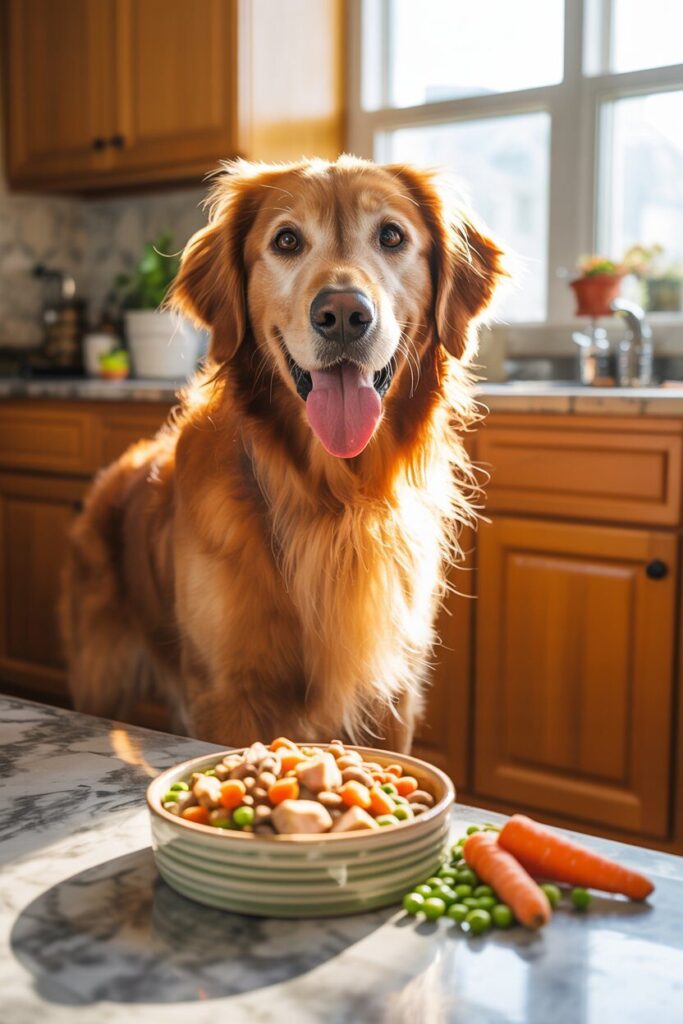
If you’re wondering whether switching to non-GMO food actually makes a difference, let me tell you—it does. Here are some noticeable benefits I’ve seen not just in Max, but in other dogs I’ve helped care for:
- Better Digestion: Dogs on non-GMO diets tend to have fewer tummy issues like bloating, gas, or diarrhea. Their systems handle natural ingredients better.
- Healthier Skin and Coat: Without harsh chemicals or artificial additives, you’ll often notice shinier fur and fewer skin irritations.
- More Energy and Focus: A balanced, clean diet fuels your pup’s energy naturally. No sugar highs and crashes here.
- Stronger Immunity: Real food means real vitamins and antioxidants. These help boost their immune system and keep them feeling great year-round.
And honestly, watching your dog bounce around with that tail-wagging energy again? Totally worth it.
Common Ingredients to Avoid in GMO-Heavy Dog Foods

Here’s a quick heads-up. If you’re trying to steer clear of GMO-heavy foods, watch out for these sneaky ingredients:
- Corn and Soy: These are the biggest GMO crops on the planet. They often show up as fillers in low-quality dog foods.
- Canola Oil: While it sounds healthy, most canola oil is genetically modified.
- Beet Pulp: This one’s tricky—it’s sometimes used as a cheap fiber source, but it often comes from GMO sugar beets.
- Wheat and Rice: Not all are bad, but some are modified for pest resistance. Look for non-GMO or organic certifications.
So, next time you pick up a dog food label, don’t just read the marketing claims on the front. Flip it over and check the ingredients. If it looks like something from a chemistry textbook, it’s probably not what your dog needs.
How to Identify Genuine Non-GMO Dog Food
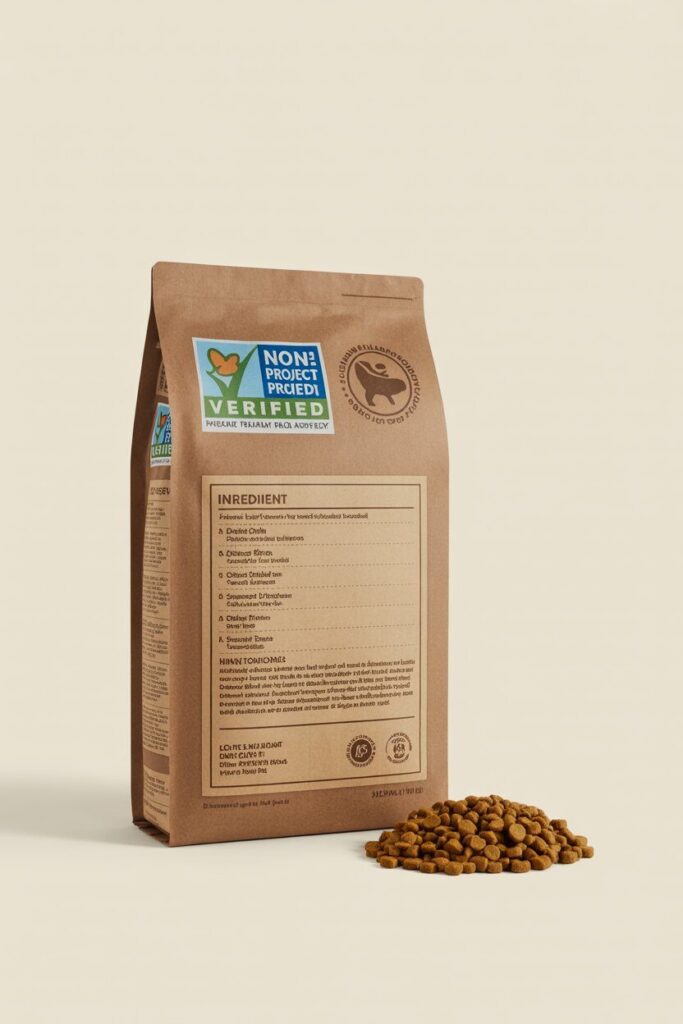
Now, let’s get real for a second. Labels can be misleading. Some brands throw in buzzwords like “natural” or “premium,” but that doesn’t necessarily mean non-GMO. So, how do you spot the real thing?
- Look for Certification: The Non-GMO Project Verified seal is the gold standard. It means the product was actually tested for GMO ingredients.
- Check for Transparency: Honest brands list their ingredient sources clearly. If a company hides behind vague terms like “proprietary blend,” be cautious.
- Choose Organic When Possible: Organic foods are automatically non-GMO. It’s an easy shortcut to ensure you’re getting the real deal.
- Do a Quick Brand Background Check: Sometimes, a five-minute search can reveal if the company has a good reputation for ingredient integrity.
Ever feel like you’re doing detective work at the pet store? Yeah, same here. But once you find a trustworthy brand, it gets so much easier.
Top Non-GMO Dog Food Brands That Deserve a Spot in Your Pantry
Alright, let’s get to the fun part—the actual food. These are some of the best non-GMO dog food brands I’ve tried or researched that consistently deliver quality, taste, and nutrition.
1. Open Farm
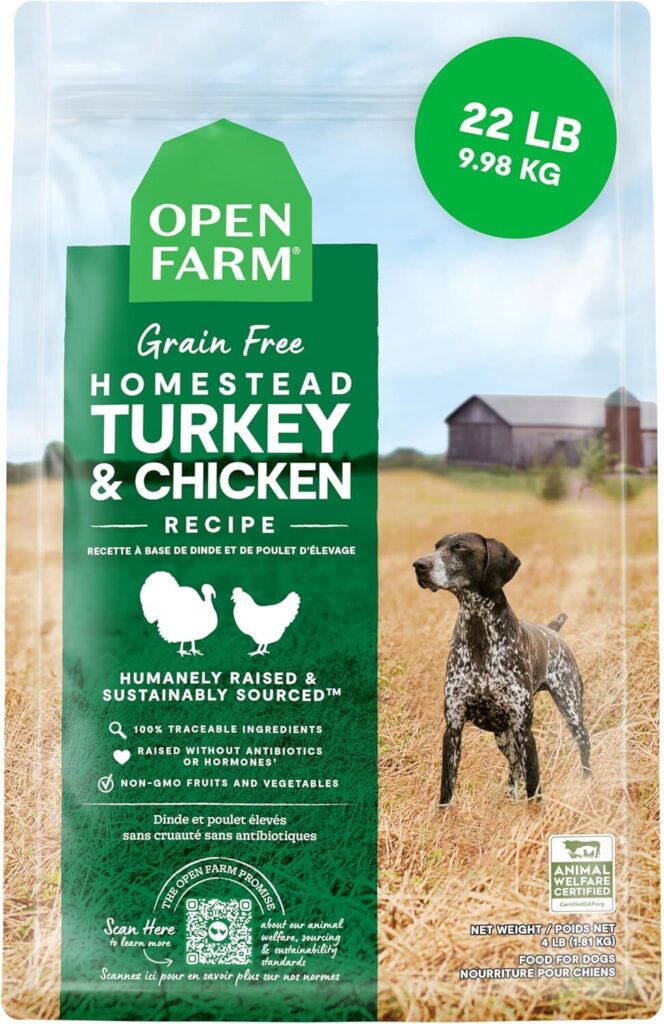
If you want transparency, Open Farm is your go-to. They let you trace every ingredient back to its source. Their recipes use humanely raised meats and non-GMO produce. The grain-free options are great for pups with sensitivities.
2. Tender & True
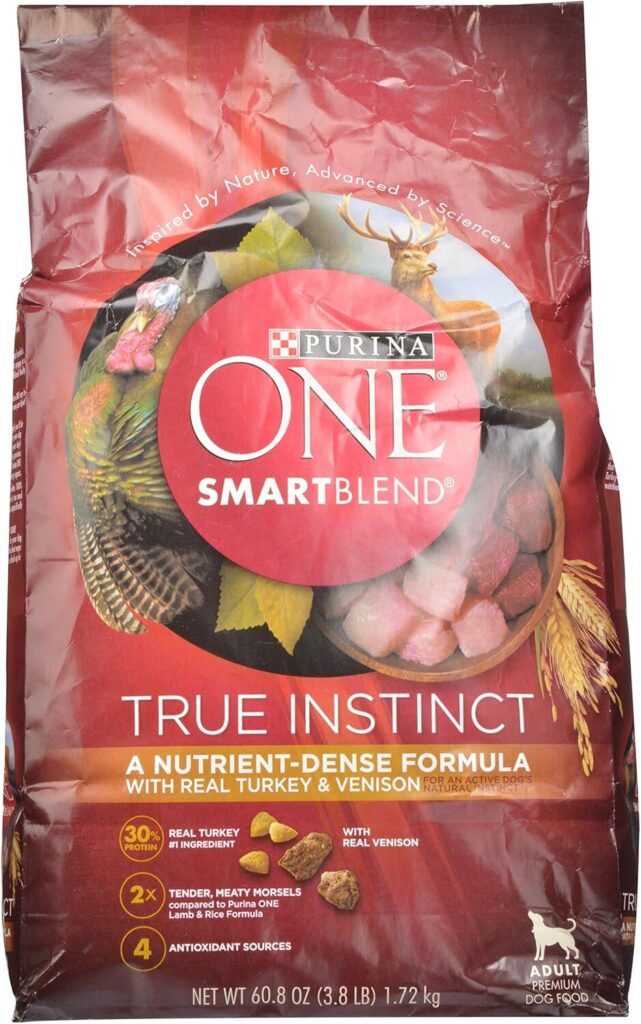
This brand combines USDA-certified organic ingredients with non-GMO formulations. Their protein sources come from sustainable farms, which makes you feel good about what you’re feeding your dog—and the planet.
3. Merrick Backcountry Raw Infused
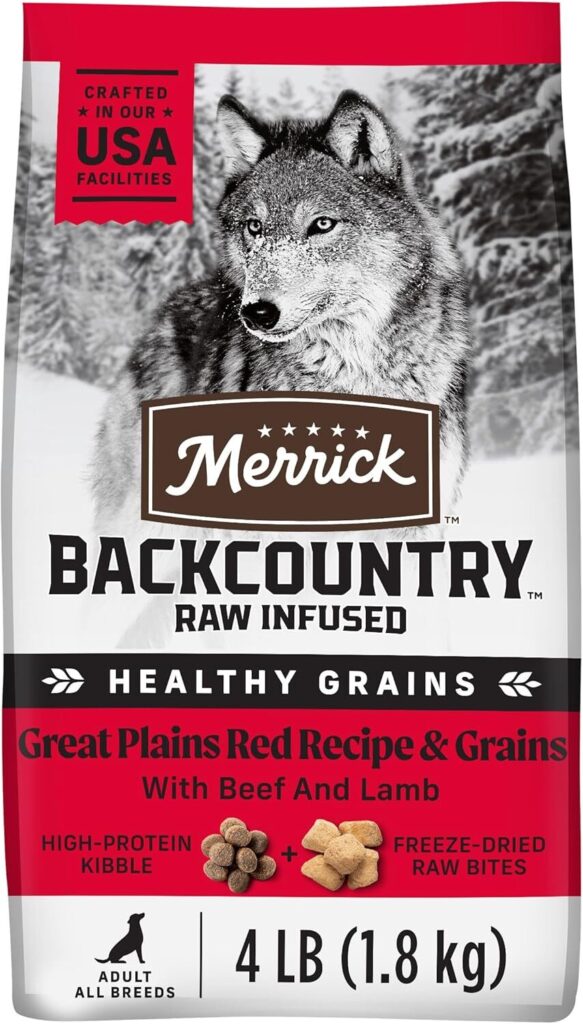
Perfect for active dogs, this line mixes freeze-dried raw bites with kibble. It’s high in protein and grain-free, using non-GMO fruits and veggies for added nutrition.
4. Castor & Pollux Organix
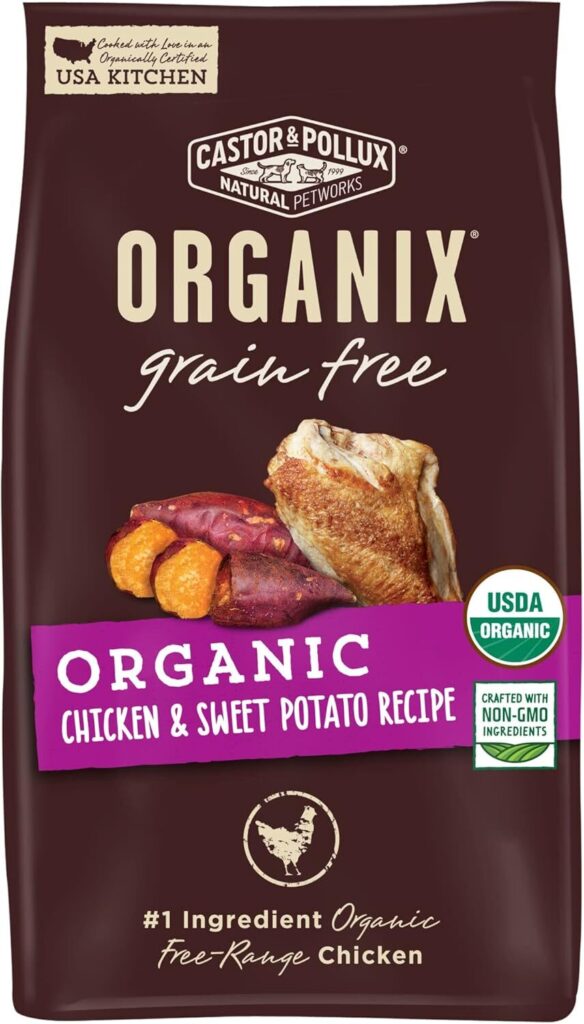
One of the OGs in the organic pet food scene. Every ingredient here is certified organic and non-GMO. Their recipes include nutrient-dense superfoods like blueberries, flaxseed, and coconut oil.
5. Nature’s Logic
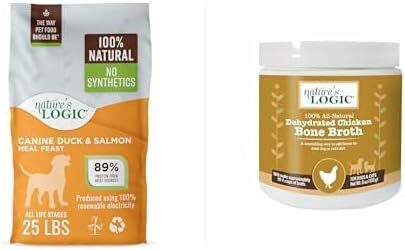
A personal favorite. It’s made entirely from whole foods—no synthetic vitamins, no artificial anything. And yes, they’re proudly non-GMO. Dogs seem to love the taste, too, which is always a win.
Now, I’m not saying you have to pick one right this second, but once you try a high-quality non-GMO option, it’s hard to go back.
Transitioning Your Dog to a Non-GMO Diet

Switching your pup’s food isn’t something you should do overnight. Trust me, I learned this the messy way. Here’s how to make the switch smoothly:
- Start Gradually: Mix a small amount of the new non-GMO food with your dog’s old food. Increase the ratio every few days.
- Monitor Their Reaction: Keep an eye on their stool, energy levels, and overall mood. A bit of adjustment is normal, but if something seems off, slow down.
- Hydrate: New foods can change digestion, so make sure your pup has plenty of water.
- Stick With It: It takes about 7–10 days for most dogs to fully adjust.
Before you know it, they’ll be thriving—and probably begging for more.
The Environmental Bonus: Good for Your Dog and the Planet
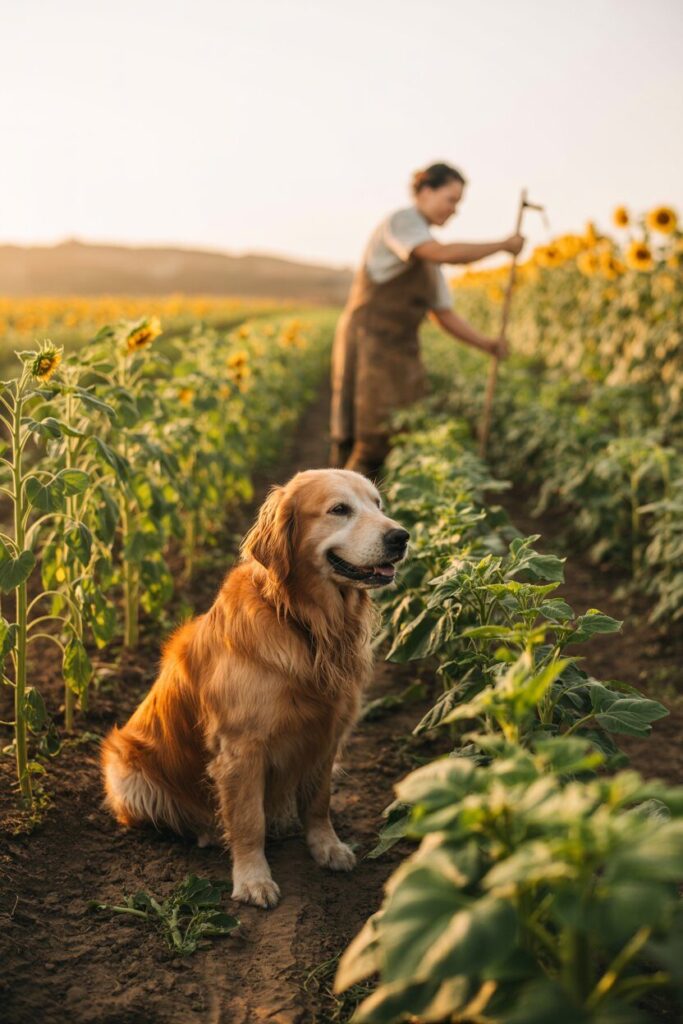
Here’s something you might not have thought about: non-GMO dog foods help the planet too. The farms that grow non-GMO crops often avoid synthetic pesticides and chemicals that harm soil and wildlife.
That means cleaner ecosystems and healthier food sources for everyone—including us humans.
Plus, many non-GMO dog food brands partner with sustainable farms or use recyclable packaging. So, while you’re keeping your dog healthy, you’re also doing your bit for the environment. Pretty cool, right?
What to Expect After Switching to Non-GMO
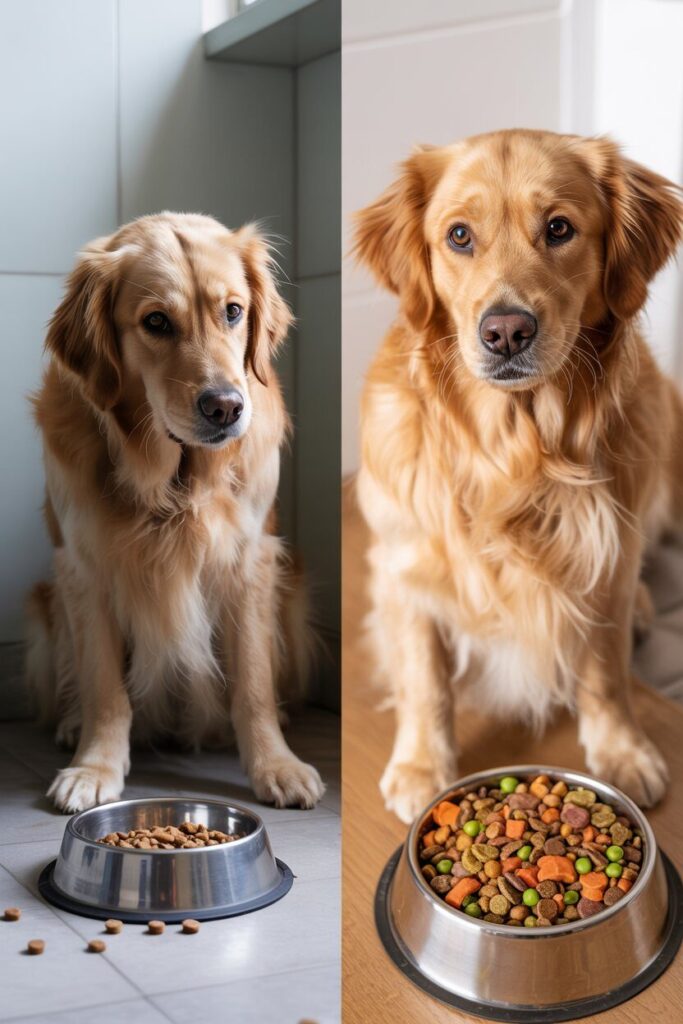
Once your pup adjusts, you’ll start to notice some changes—and not just in their digestion. Expect things like:
- More stable energy levels. No random zoomies followed by long naps.
- Fewer allergies or skin flare-ups. Many GMO ingredients are common allergens.
- Better weight management. Cleaner ingredients mean fewer empty calories.
- Improved mood. Yep, food affects your dog’s mood too. A balanced gut leads to a happier pup.
It’s kind of like watching your dog become the best version of themselves. And when they look at you with that “thanks for caring” expression? Totally worth the effort.
Final Thoughts
Choosing non-GMO dog food isn’t about being trendy—it’s about being intentional. You’re cutting out unnecessary additives and feeding your dog real, wholesome nutrition.
You’re also taking a small but powerful stand for better farming practices and cleaner food systems.
Every scoop of food you pour into that bowl becomes part of your dog’s story—their health, their happiness, their sparkle.
And let’s be honest, they’d do anything for us, so giving them the best feels like the least we can do.
So next time you’re standing in that pet food aisle, skip the fancy packaging and check the label.
Your pup deserves food that truly nourishes and protects them. Trust me, once you make the switch, you’ll never look back.
What Does Non-GMO Dog Food Actually Mean?
Non-GMO dog food means the ingredients are not genetically modified. The crops used, like corn, soy, or grains, are grown naturally. This ensures your pup’s food comes from cleaner sources.
Unlike standard dog foods that may use genetically modified grains, non-GMO dog foods emphasize purity and balance. They offer nutrition that’s more natural, which can help reduce allergies and health problems.
For pet owners who value transparency, non-GMO options often come from brands focused on sourcing and sustainability.
Is Non-GMO Dog Food Healthier Than Regular Dog Food?
While both types meet basic nutritional needs, non-GMO dog food often offers cleaner, easier-to-digest nutrition.
Regular dog foods may use cheap GMO ingredients and fillers that can upset sensitive stomachs or cause skin issues. Dogs do best with simple, real ingredients that lack harmful chemicals.
Choosing non-GMO dog food ensures your pet gets ingredients with their original nutrient value. These diets usually support better digestion, a shinier coat, and more energy.
Over time, you might notice your dog’s immune system strengthening and overall health improving. This shows how natural, non-GMO ingredients can truly make a difference.
How Can I Tell If My Dog’s Food Is Truly Non-GMO?
To spot genuine non-GMO dog food, don’t just trust the bag’s marketing. Start by looking for the Non-GMO Project Verified seal or a USDA Organic certification.
These labels mean the ingredients meet strict testing standards.
Next, check the ingredient list carefully. Look for natural proteins like chicken, beef, or salmon alongside non-GMO vegetables and grains. Be wary of vague terms like “proprietary blend” or “natural flavor.”
Real non-GMO brands clearly list all their ingredients. If unsure, visit the company’s website for more details about ingredient sourcing. It often reveals more than the label.
Are There Any Drawbacks to Feeding My Dog Non-GMO Food?
The main downside of non-GMO dog food is the price. It often costs more because it uses high-quality, verified ingredients.
However, this extra cost usually leads to fewer vet visits and a healthier pet. It’s a clear case of quality over quantity.
Some dogs may need time to adjust to a new diet. Switching too fast can upset their digestion, no matter how healthy the food is.
To prevent this, mix the old food with the new non-GMO formula gradually over a week. Most owners find that once the transition is done, their dogs enjoy the food and the health benefits it brings.
Which Non-GMO Dog Food Brands Are the Most Trusted?
Several non-GMO dog food brands are known for their transparency, ingredient sourcing, and nutrition standards.
Top choices include Open Farm, Tender & True, Castor & Pollux Organix, Merrick Backcountry, and Nature’s Logic. These brands use real meats, whole grains, and vegetables from certified non-GMO farms.
Each company also cares about sustainability and animal welfare. This makes them great for mindful pet owners. They avoid artificial preservatives, colors, and fillers.
Their recipes support digestion, energy, and skin health. When you choose a brand your dog loves from this list, you’re not just feeding them well. You’re investing in their long-term health and happiness.
